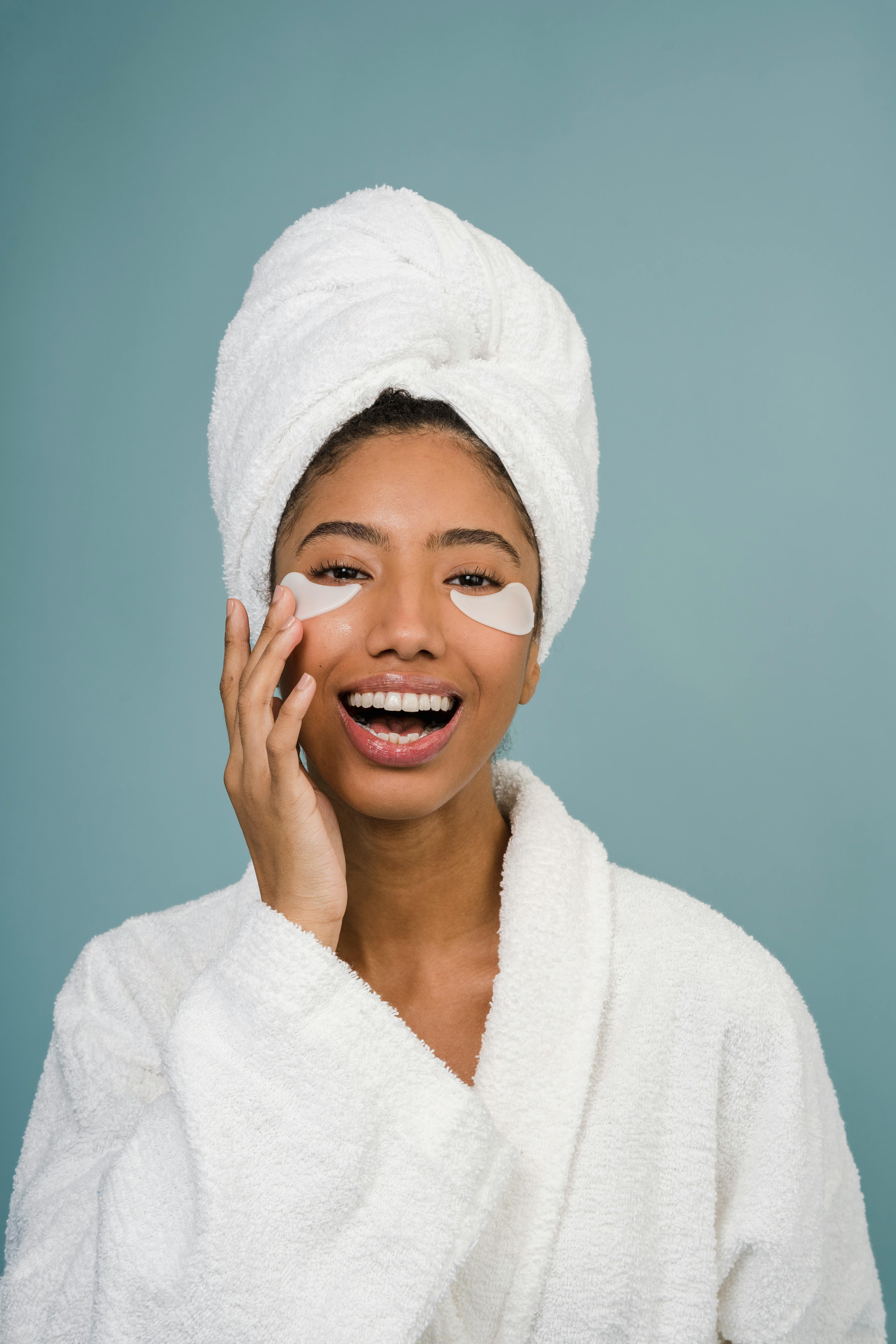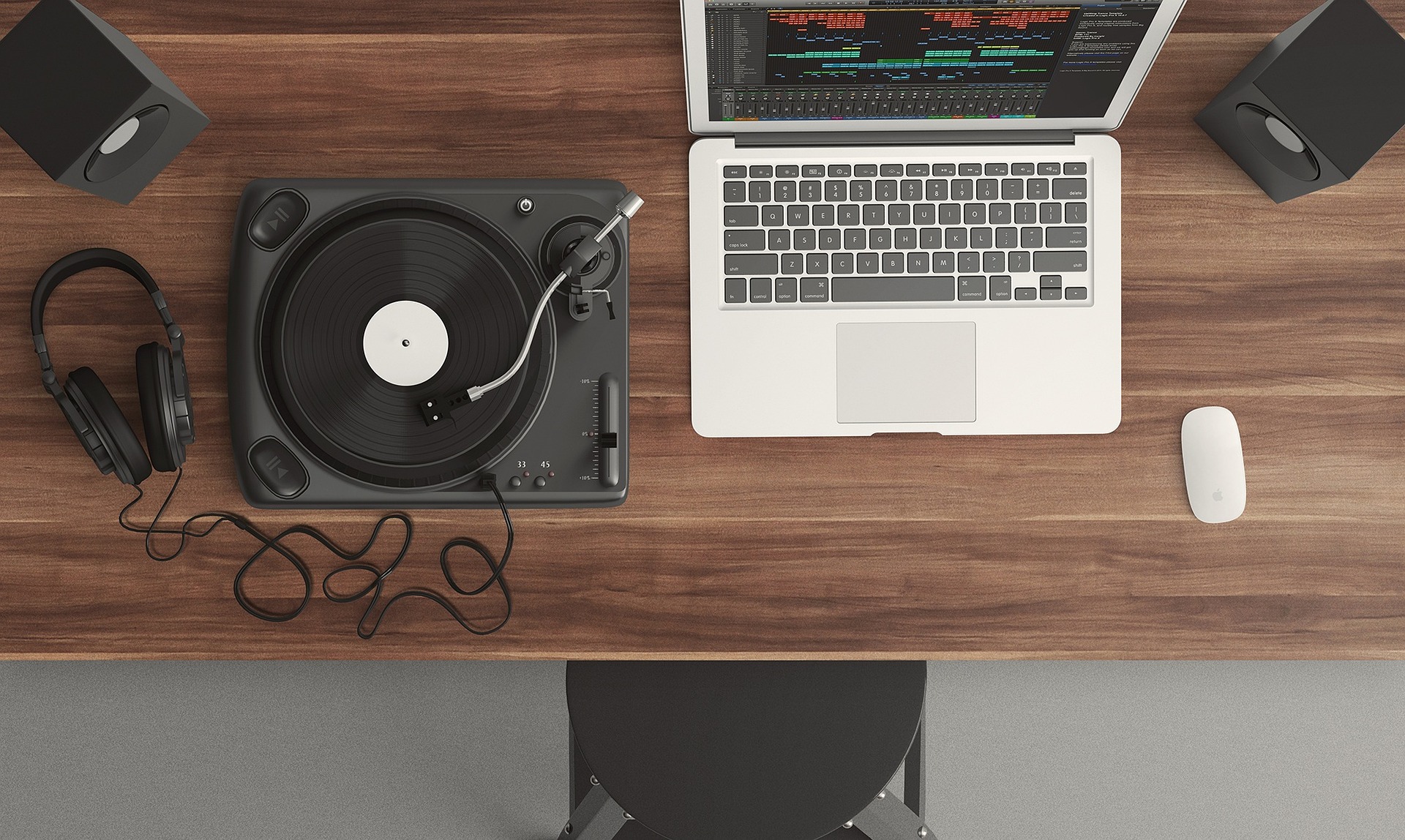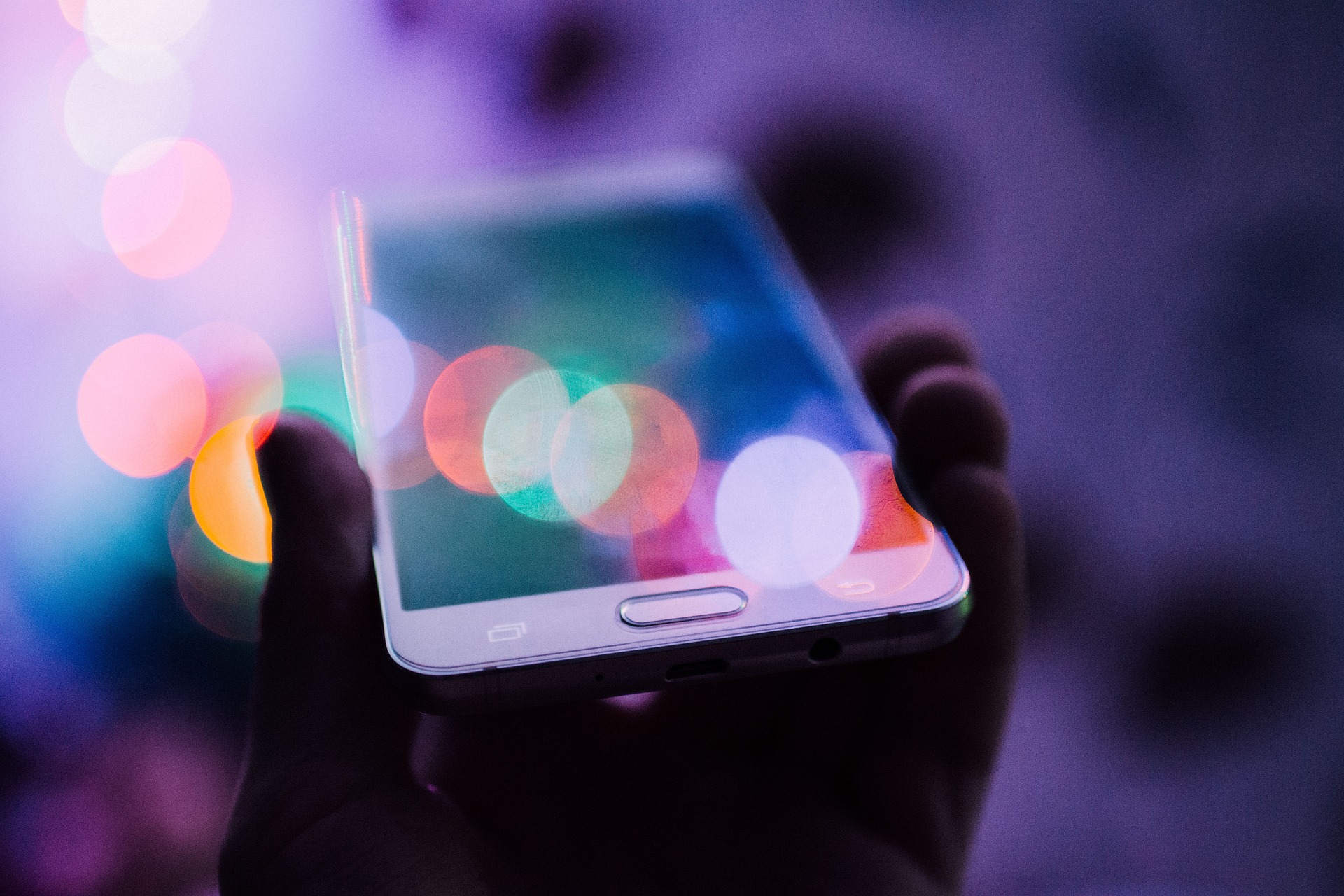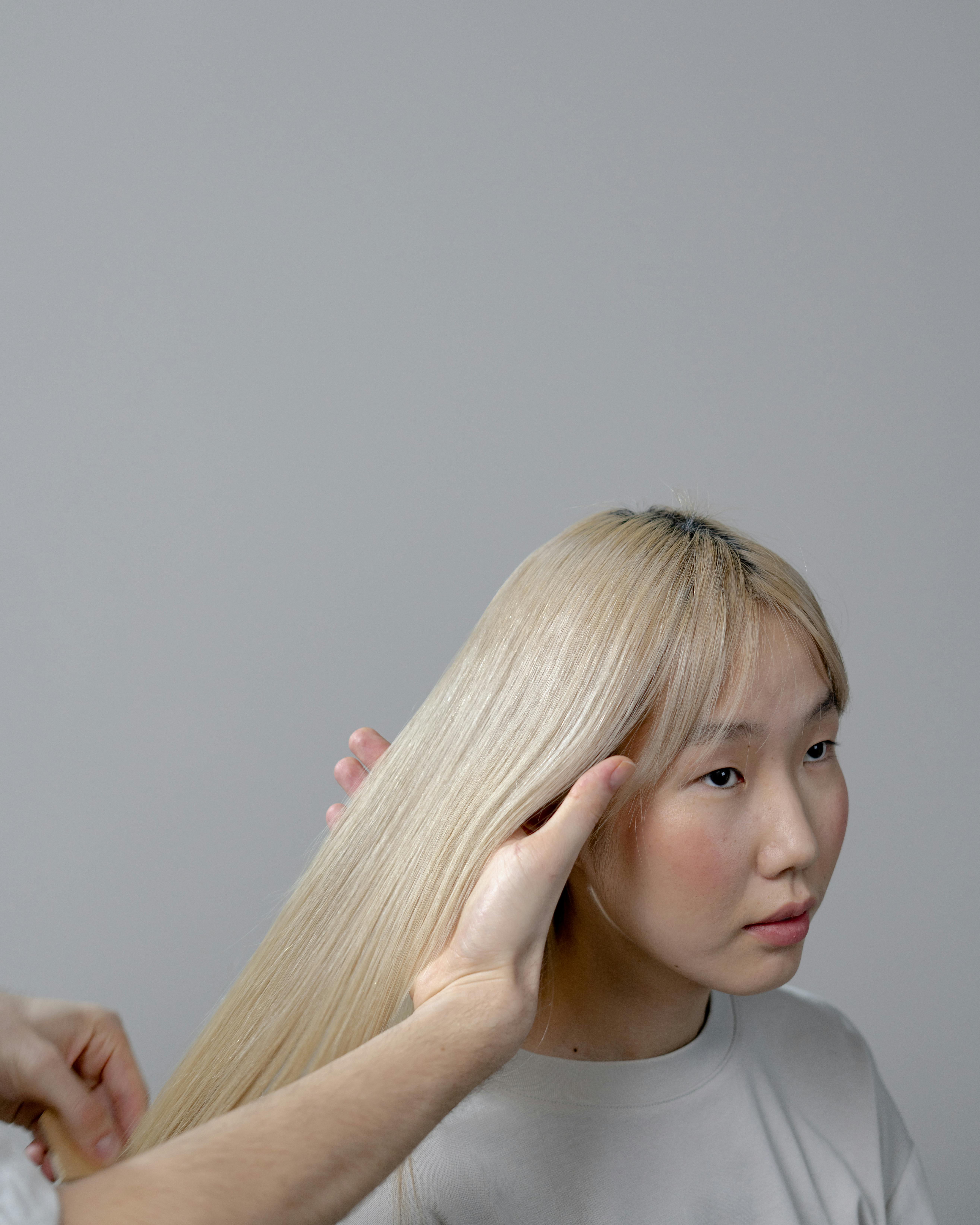Understanding Eye Bags: Causes, Remedies and Prevention
Eye bags, those puffy under-eye depressions that can make one appear tired and aged, are a common skin concern for both men and women. They can be a source of self-consciousness, driving many to seek remedies ranging from over-the-counter creams to surgical procedures. However, understanding the causes and potential preventive measures of eye bags can be an empowering first step towards addressing this issue. This article will delve deep into the causes, remedies, and preventive measures for eye bags, while also shedding light on some common misconities and offering unique insights into this prevalent skin concern.

Unveiling the Causes
To tackle eye bags effectively, it’s essential to first understand their causes. Eye bags can result from a variety of factors, including aging, poor diet, lack of sleep, genetics, stress, and lifestyle habits. As we age, the tissues and muscles supporting our eyelids weaken, causing the fat that’s normally confined to the area around the eye to move lower, leading to a puffy or swollen appearance. Moreover, salt intake can lead to fluid retention, contributing to puffiness under the eyes. Additionally, a lack of sleep, high stress levels, and certain lifestyle habits such as smoking and excessive alcohol consumption can exacerbate the issue.
Historical Remedies and Their Evolution
Historically, remedies for eye bags were largely home-based and included using cold spoons, cucumber slices, and tea bags to reduce puffiness. Over time, however, the skincare industry began developing products specifically designed to target this issue.
In the 20th century, the advent of cosmetic surgery opened a new avenue for treating eye bags. Procedures like blepharoplasty, where the surgeon removes excess fat and skin from around the eyes, became increasingly popular. Today, innovative non-surgical treatments like dermal fillers and laser therapy have gained prevalence, providing alternative solutions for those reluctant to go under the knife.
The Rise of OTC Solutions and Professional Treatments
Over-the-counter (OTC) creams and serums have become a popular remedy for eye bags. These products often contain ingredients like caffeine to constrict blood vessels, hyaluronic acid to hydrate and plump the skin, and retinol to stimulate collagen production, thereby reducing the appearance of eye bags.
For those seeking more permanent solutions, professional treatments have also gained favor. These include injectable fillers that plump up the area under the eye, reducing the shadow that can make eye bags appear more prominent. Laser resurfacing treatments can also tighten and smooth the skin, reducing the appearance of eye bags.
Prevention Strategies: Lifestyle and Skincare Habits
Prevention is always better than cure. Simple lifestyle changes such as getting adequate sleep, reducing salt intake, and maintaining proper hydration can go a long way in preventing the formation of eye bags. Regular exercise can also improve circulation, reducing the chances of fluid accumulation under the eyes.
In terms of skincare, incorporating a good eye cream into your routine can help keep the under-eye area hydrated and supple, reducing the likelihood of eye bags. It’s also recommended to regularly use a sunscreen around the eyes to prevent photoaging, which can exacerbate eye bags.
The Psychological Impact and Societal Perception
While eye bags are harmless physically, they can have a significant psychological impact due to societal perceptions. In many cultures, clear, bright eyes are associated with youth, health, and beauty. Consequently, eye bags can lead to decreased self-esteem and increased self-consciousness, driving the demand for solutions.
Conclusion
Eye bags, although a common skin concern, do not have to be a permanent fixture on your face. Understanding their causes can help you make lifestyle changes to prevent them, while the range of treatments available today can reduce their appearance. As we continue to break down societal beauty standards, it’s crucial to remember that everyone has unique skin concerns and that self-care, both physical and mental, should be prioritized above all.




